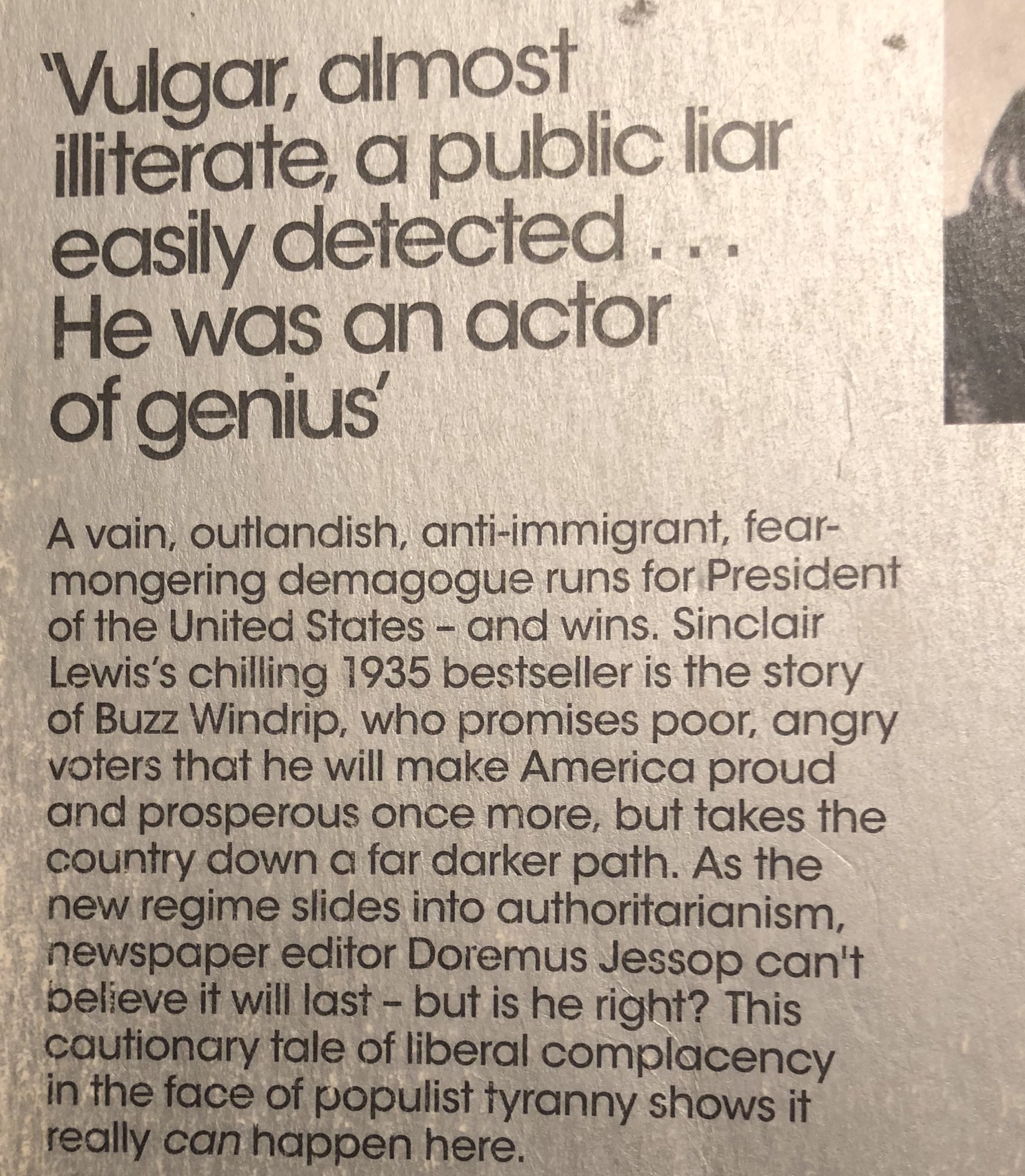Expectations ran high when it was announced last month that a lost (!) John Coltrane album, Both Directions at Once, had been discovered by the family of his ex-wife Naima, and would finally be released for fans to hear. Would it prove worthy of Sonny Rollin’s comparison to “finding a new room in the Great Pyramid”? Such discoveries can lead to dead ends and disappointments as often as to revelations. In this case, the album yields neither, which is not to say it isn’t, as Chris Morris writes at Variety, “a godsend.”
The album lives up to its title, chosen by Coltrane’s son Ravi, as a transitional document, stunning, but not particularly surprising. Hear all 7 cuts on the single-disc version of the release on this page, with typically excellent playing by Coltrane’s classic quartet (bassist Jimmy Garrison, drummer Elvin Jones, and pianist McCoy Tyner) and an early take on “one of the warhorses of the Coltrane catalog”—“Impressions”—including three additional takes on the Deluxe Version, which you can stream on Spotify here or purchase here. (Tyner sits out the take on the single disc version, turning it into a “hard-edged, percolating showcase for Coltrane in trio format.”)
Several critics have suggested that this “lost album” isn’t a proper album at all, but rather, as Ravi Coltrane put it, “a kicking-the-tires kind of session,” and perhaps that’s so. Nonetheless, it works as “a portrait of an artist and a band on the brink of a historic explosion,” Morris writes.
“The bracing, probing, self-questioning and keenly played music on this collection is the missing link between the provisional work heard on 1962’s ‘Coltrane’ and the quartet’s epochal studio albums – ‘Crescent,’ the devout ‘A Love Supreme’ and (with additional personnel) the free jazz magnum opus ‘Ascension.’”
Others echo this assessment. Drowned in Sound’s Joe Goggins calls Both Directions at Once “hard evidence that he was still looking for new sounds within old structures,” and The New Yorker’s Richard Brody describes the session as “something of a stocktaking” that balances the experiments of the band’s live sets with the reigned-in discipline of its early 60s studio work. Brody also laments that “little on the album matches the music that Coltrane was making at the time in concert.” Winston Cook-Wilson at Spin describes the music as “sometimes at war with itself…. The contrasts of their catalogue are pushed against each other, sometimes within the same song.”
All of this internal tension makes for an exciting listen, especially in its two new originals, known only as “Untitled Original 11383” and “Untitled Original 11386,” and the 11-minute “Slow Blues,” which Morris aptly describes as “a geared-down, encyclopedic workout on blues changes” that builds, after its tempo doubles, to a “full-cry conclusion.”
In all, the new lost album shows Coltrane just about to break new ground, but not quite yet, which perhaps makes it a newly essential document for the Coltrane completist. For most lovers of the great innovator, it’s just a damn fine “new” Coltrane record, both daring and accessible at once.
Related Content:
John Coltrane’s Handwritten Outline for His Masterpiece A Love Supreme (1964)
Josh Jones is a writer and musician based in Durham, NC. Follow him at @jdmagness



